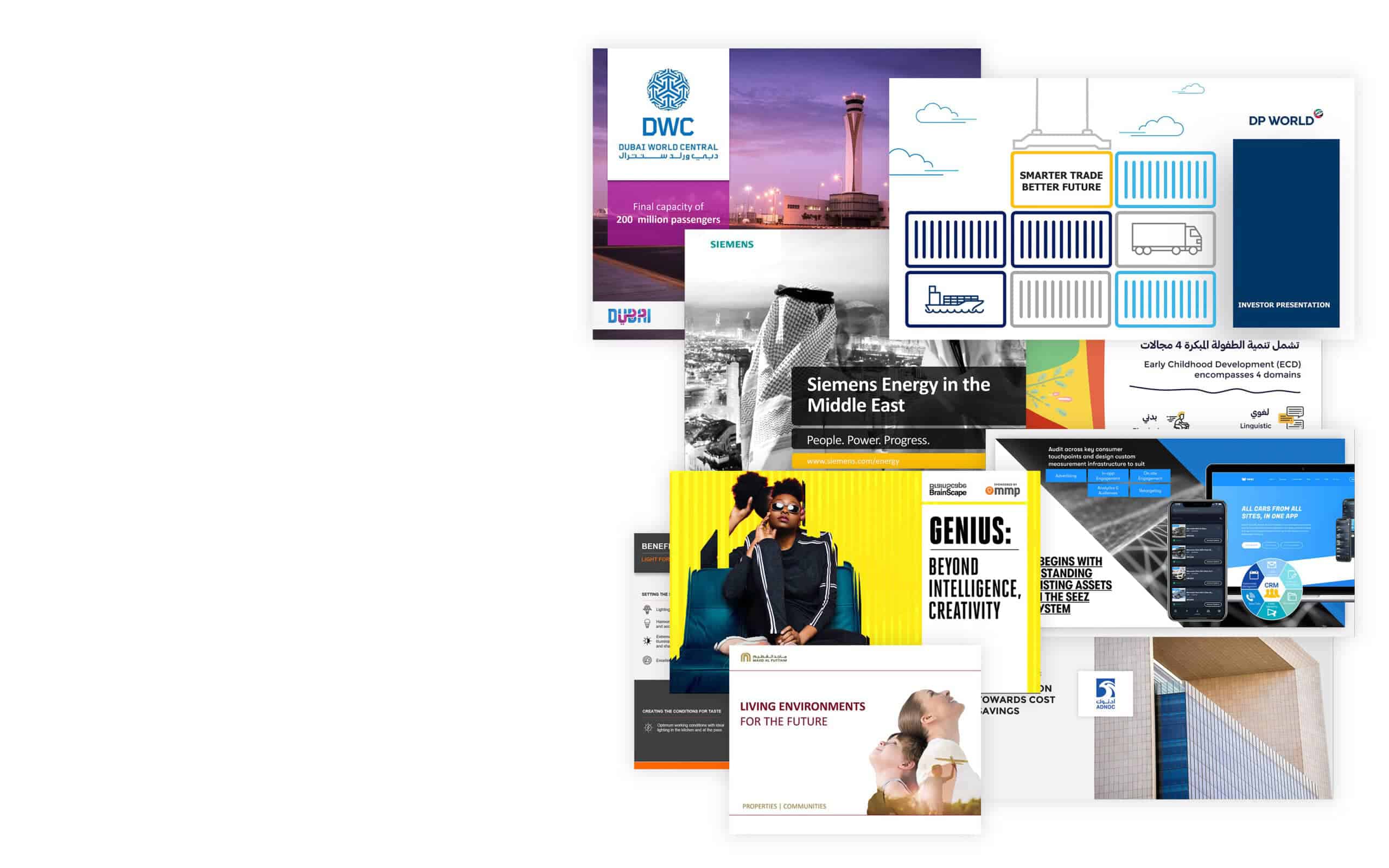Creating Content For Presentations That Engage Participants
Creating engaging content for presentations is a skill that can captivate your audience and leave a lasting impact. Whether you’re presenting to colleagues, clients, or students, involving your participants in the process can significantly enhance their learning or decision-making experience. The following effective strategies to engage participants when creating content presentation.
Know your audience:
Understanding your audience is the first step in creating engaging content. Consider their backgrounds, interests, and knowledge levels. Tailor your content to meet their needs and expectations. A presentation designed for a group of industry experts will differ significantly from one intended for beginners.
Interactive elements:
Incorporating interactive elements is a powerful way to engage participants. Use polls, quizzes, and surveys to encourage active participation. Interactive elements can stimulate discussions, provide real-time feedback, and make your presentation more dynamic.
Visuals and multimedia:
Visual content, such as images, charts, and videos, can make your presentation more engaging. Use visuals that are relevant to your topic and enhance your message. Visuals help break up text-heavy slides and provide variety for the audience.
Clear and concise language:
Avoid jargon and complex language that might alienate or confuse your participants. Keep your language clear and concise. Break down complex ideas into simpler terms to ensure everyone can follow along.
Engage in Q&A sessions:
Encourage questions and answers throughout your presentation. Don’t limit the Q&A to the end; allow participants to seek clarification or share their thoughts as you go along. This fosters active participation and ensures that the audience stays engaged.
Workshops and group activities:
Depending on the nature of your presentation, consider incorporating workshops or group activities. These hands-on experiences allow participants to apply what they’ve learned and collaborate with others. It’s a practical way to engage them actively.
Breaks and energizers:
Long presentations can lead to a loss of focus. Incorporate short breaks or energizers to keep participants refreshed and attentive. These brief pauses can also serve as opportunities for networking and discussion.
Creating engaging content for presentations is a skill that can be honed over time. By knowing your audience, incorporating interactive elements, using visuals, storytelling, and encouraging active participation, you can create presentations that captivate and educate your participants effectively. Engagement not only enhances the learning or decision-making experience but also leaves a positive impression of your presentation skills.



